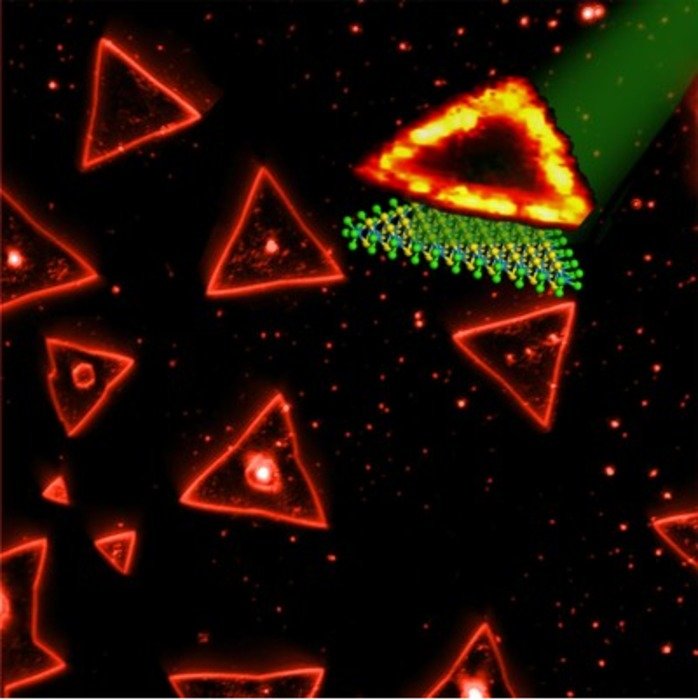UNIVERSITY PARK, Pa., Feb. 4 (UPI) -- A rare mineral called tungstenite has been formed into thin sheets with possible uses in technologies such as light detectors and lasers, U.S. researchers say.
Stacked in sheets with sulfur atoms, it forms tungsten disulfide in a honeycomb pattern of triangles that have been shown to have unusual light-emitting, or photoluminescent, properties, Penn State researchers reported Monday.















